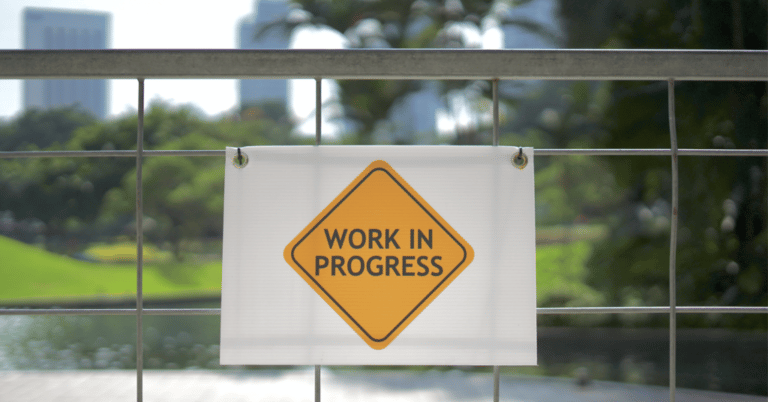Innovation is always on the agenda in education but the COVID pandemic in 2020 made it a top priority. Many schools made a swift and more or less successful transition to online teaching. The schools that did this most successfully were largely those that were already high functioning schools, with strong collaborative teaching cultures and robust systems in place. The widespread adoption of technology for teaching was not a ‘disruptive’ force that changed the traditional stratifications in education systems.
This means that while much of the innovation during the COVID crisis was born out of the urgency to do something rather than nothing, over the longer term we need to think about innovation in a more analytical way. Most importantly, we must draw a distinction between innovation and experimentation. Not all seemingly bright ideas are good ideas – open plan classrooms and seating arrangements where students can’t see the teacher come to mind.
Education still needs to be evidence informed. Innovation is not an excuse to disregard everything we know about effective teaching and learning. Otherwise, doing something is not better than doing nothing.
As a provider of reading programs, my organisation MultiLit helped hundreds of schools around Australia make a transition to delivering reading instruction to children at home. Students in our literacy centres also moved to online lessons. This was done with careful attention to preserving the core principles of evidence-based instruction. The structured and systematic nature of the programs made this process easier. When lesson plans for the entire year are already done and assessment is inherent to the program, only the mode of delivery needed to be adapted. This was an important lesson in itself.
Evaluation is a key component of innovation. It’s not good enough for us to just feel as though a new initiative was successful, it needs to be backed up by data. Too often, evaluation is an after-thought, but no innovation should be implemented without a clear idea of what objective it is intended to achieve and what sort of verifiable information would demonstrate its success. The COVID tutoring schemes in Victoria and New South Wales are examples of initiatives that could and should be evaluated, but it has not been central to the planning and could be a lost opportunity.
Remember also that a technology-based solution is not automatically innovative. Some of the best innovations are simple and low cost. Many teachers rate mini-white boards as one of the best pieces of equipment in their classrooms. Websites and apps that are supposed to help children learn are only effective if they are based on good instructional principles. An example of a good app is Reading Doctor software, because it incorporates a carefully designed sequence of content and skills, as well as the proven effective teaching strategies of modelling, guided practice, independent practice, and feedback. Similarly, the Maths Pathway program uses the well-supported method of systematic content presentation using worked examples, cumulative assessment, and responsive feedback. Alphabet or number games with flashy graphics – or worse, brain training software programs – that don’t have good evidence as their basis are just time killers.
The success of an educational innovation depends on the expertise of the people creating and delivering it. Innovations that will have long-lasting utility and benefits beyond the COVID pandemic will be those that have allowed the scaling up of good practice. In England, Oak National Academy schools were given a sizable government grant to produce open access curriculum-based teaching resources. The lessons use teacher-directed approaches that attempt to preserve the most effective aspects of classroom teaching. The idea of creating a bank of high quality, professionally validated teaching resources has been previously proposed in Australia and has been slated to form part of the Online Formative Assessment Initiative that is currently in development. If these combine the best of the existing resources with lessons produced and validated by local teachers and subject experts, all the better.
Comparative judgement is another innovation that harnesses the collective expertise of teachers and is getting wider attention. It has been shown to be a valid and reliable way of assessing complex tasks such as essays. The Western Australian-based organisation called BrightPath has been providing this service for almost a decade and the UK-based organisation No More Marking has been working with a group of schools in Australia in recent months. With the decline in writing skills in all year levels of NAPLAN, new approaches informed by good evidence are sorely needed.
Australia has a long history of finding creative solutions to complex problems. Education is no different but, with high stakes for students, innovation must be underpinned by evidence and evaluation.
This article was published in The Australian Financial Review on 17 April 2021






